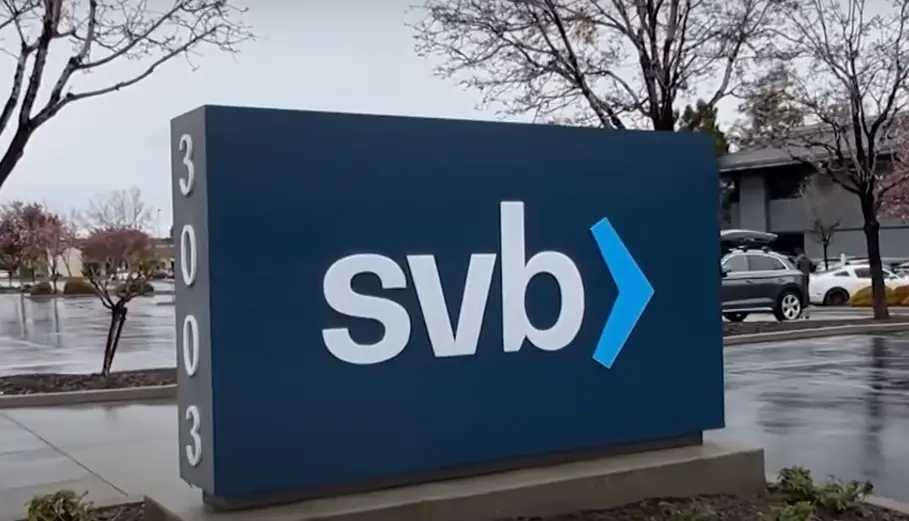What caused the Silicon Valley Bank to collapse?
Silicon Valley Bank (SVB) collapsed on Friday, 10th March 2023 and it created the second-largest bank failure in US history; Washington Mutual (WaMu) collapse in 2008 was the largest bank failure in US history. So what caused the Silicon Valley Bank to collapse? even as the bank grew to be the 16th largest in America.
What caused the Silicon Valley Bank to collapse?
The majority of the customers of Silicon Valley Bank were tech companies that profited heavily during the COVID-19 pandemic by providing delivery services and entertainment to people during the lockdown. As Silicon Valley Bank saw an influx of deposits as a result of its customers profiting during the pandemic, it took the money and invested in long-term government bonds which are safe investments; but the collapse of the silicon valley bank happened when the bank was forced to sell these bonds at a huge loss to meet the growing demands of these tech companies that now wanted to withdraw their funds (which were already invested in the long-term bonds).
See Also: Government Spending Types

What triggered SVB collapse?
It only became worse for Silicon Valley Bank after it declared a loss of 1.8 billion dollars as the stock market reacted, investors in SVB stocks started selling their stocks which caused a further loss of more than $160 billion dollars within 24 hours.
To prevent the ripple effect of the SVB collapse from affecting the U.S economy and other banks in the United States and also ensure that depositors (customers) are able to recover their money, Silicon Valley Bank was taken over by the Federal Deposit Insurance Corporation (FDIC) on Friday, 10th of March, 2023.
The FDIC said Silicon Valley Bank had $209 billion in assets and $175.4 billion in deposits at the time of the collapse.
Prior to the FDIC stepping in, depositors could only access up to $250,000, the insurance limit for their accounts. This is far less than the amount that many tech companies (such as Roblox, Etsy, etc.) have in their accounts. After the takeover, the FDIC is making a possible way for customers to recover all their funds.
The FDIC will retain all the assets from Silicon Valley Bank for later disposition.


